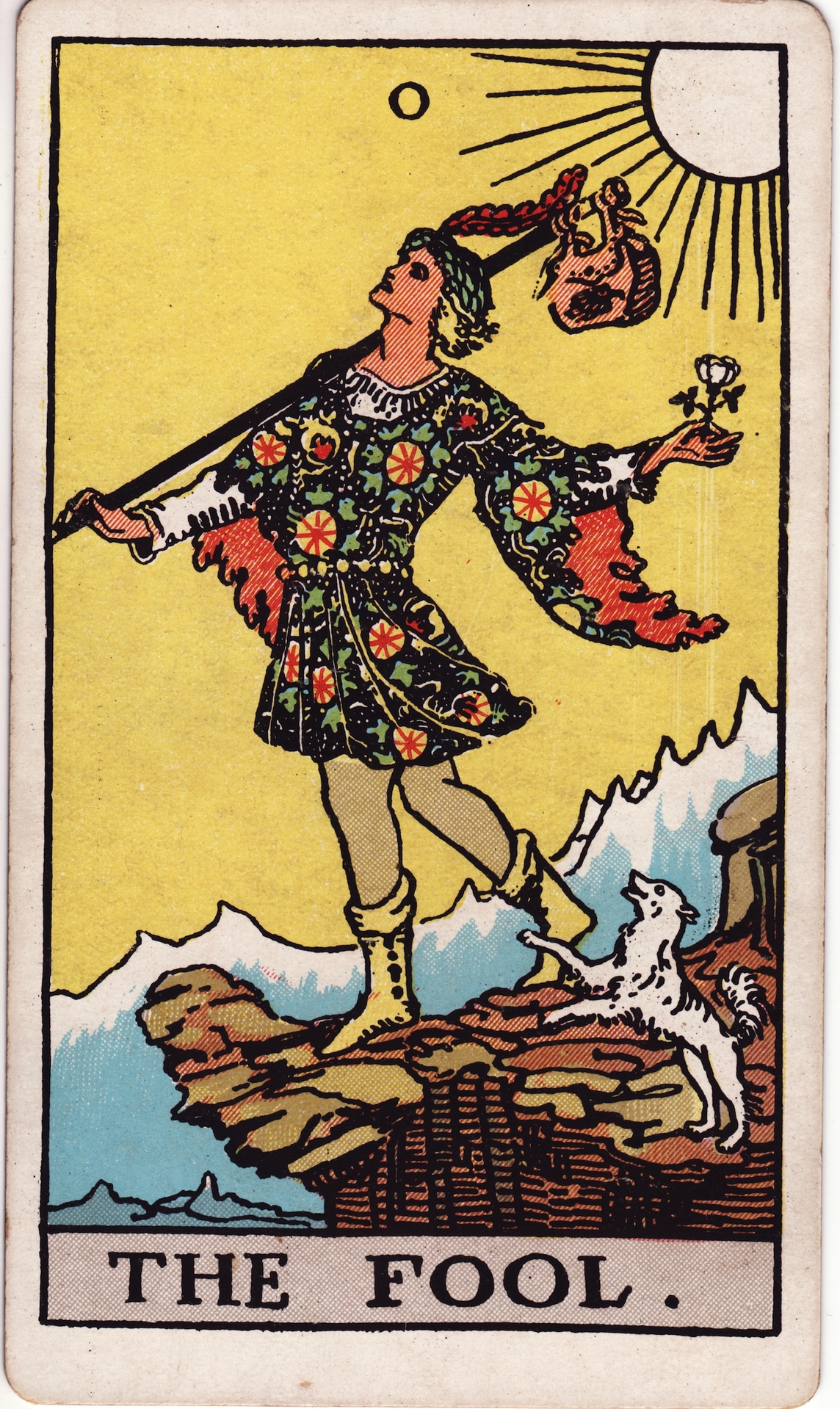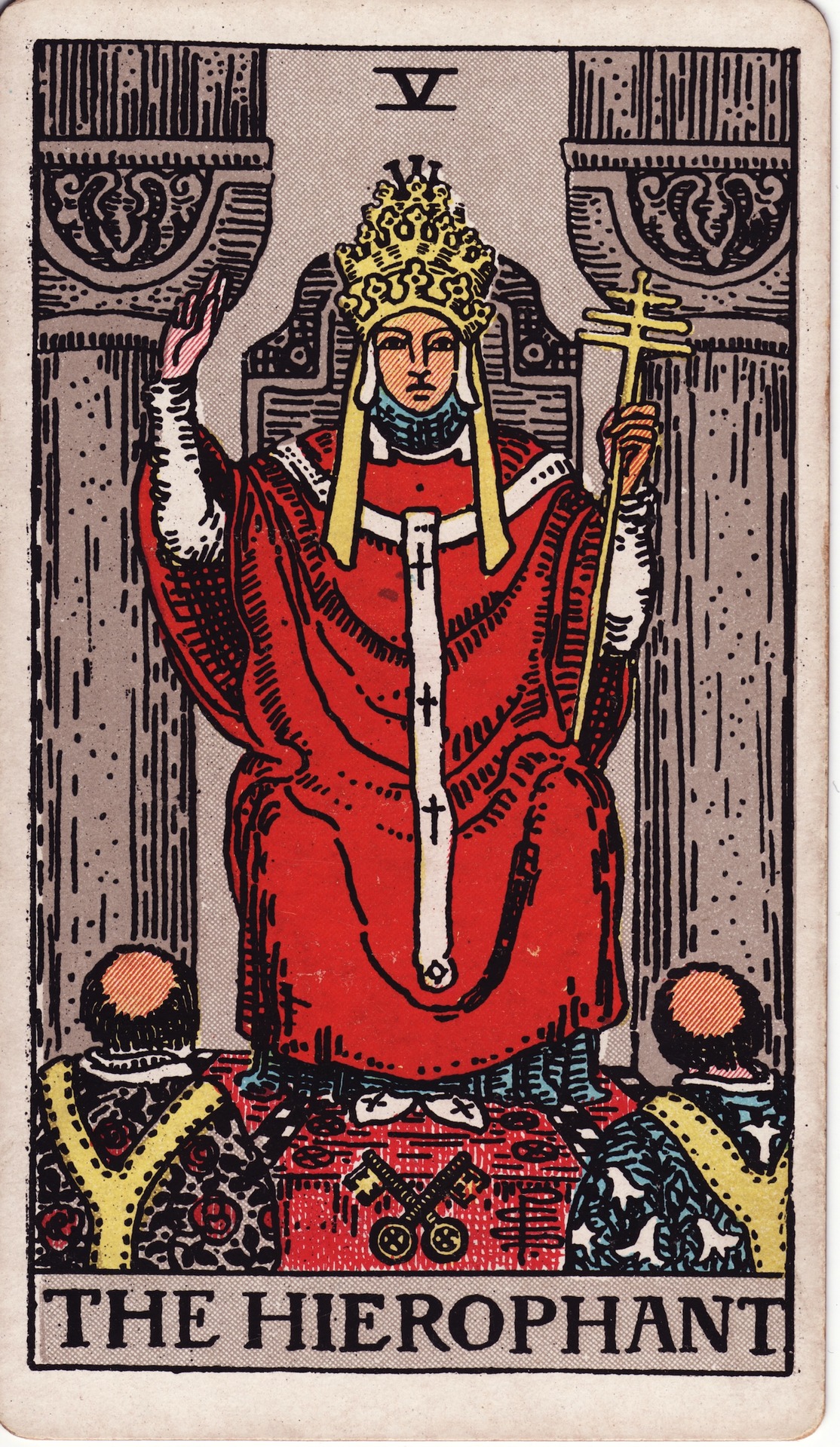|
IV (Ton Steine Scherben Album)
IV is a double album released by Ton Steine Scherben. Because of the black album cover, it is also referred to as ''die Schwarze'' ("the black one"). It is a collection of various influences from folk to punk and marks a departure from the band's earlier work, even though it continues the change that began with the previous album Wenn die Nacht am tiefsten…. Anarchist slogans such as "destroy what destroys you" or "no power for nobody" are no longer prevalent, although some of the songs were political, such as ''Der Turm stürzt ein'' ("the tower is collapsing"). Tarot Cards All the songs on the album aside from ''Morgenlicht'' were composed with the aid of Tarot cards from the Major Arcana. The so-called "Tarot secret" was not revealed until years after Rio Reiser's death, as it was worried that the magic of the innovative and sometimes very different texts would be lost. Most of the text is composed of images and metaphors; very little is unambiguous. After all the living ... [...More Info...] [...Related Items...] OR: [Wikipedia] [Google] [Baidu] |
Ton Steine Scherben
Ton Steine Scherben () was one of the first and most influential German language rock bands of the 1970s and early 1980s. Well known for the highly political and emotional lyrics of vocalist Rio Reiser, they became a musical mouthpiece of new left movements, such as the squatting movement, during that time in Germany and their hometown of West Berlin in particular. Today, after the band's demise in 1985, and the death of Rio Reiser in 1996, Ton Steine Scherben have retained a cult following and popularity in the related scenes. Recently, some of the remaining members have given reunion concerts. Etymology Ton Steine Scherben's literal English translation is "Clay Stones Shards"; in German, "Ton" can mean "sound" as well, so the band's name may be considered to be an amphibology. Singer Rio Reiser usually told journalists the name was taken from a description by pioneer archeologist Heinrich Schliemann of what he saw when he first came to the site of ancient Troy. Other ... [...More Info...] [...Related Items...] OR: [Wikipedia] [Google] [Baidu] |
The Fool (Tarot Card)
The Fool is one of the 78 cards in a tarot deck. In tarot card reading, it is one of the 22 Major Arcana, sometimes numbered as 0 (the first) or XXII (the last). However, in decks designed for playing traditional tarot card games, it is typically unnumbered, as it is not one of the 21 trump cards and instead serves a unique purpose by itself. Iconography The Fool is titled ''Le Mat'' in the Tarot of Marseilles, and ''Il Matto'' in most Italian language tarot decks. These archaic words mean "the madman" or "the beggar", and may be related to the word for 'checkmate' in relation to the original use of tarot cards for gaming purposes. In the earliest tarot decks, the Fool is usually depicted as a beggar or a vagabond. In the Visconti-Sforza tarot deck, the Fool wears ragged clothes and stockings without shoes, and carries a stick on his back. He has what appear to be feathers in his hair. His unruly beard and feathers may relate to the tradition of the woodwose or wild man. Anot ... [...More Info...] [...Related Items...] OR: [Wikipedia] [Google] [Baidu] |
The Hierophant
The Hierophant (V) is the fifth card of the Major Arcana in occult Tarot decks. It is derived from the historical card known as the Pope in playing card decks. It is used in divination. Description and symbolism In many modern packs, the Hierophant is represented with his right hand raised in blessing or benediction, with two fingers pointing skyward and two pointing down, thus forming a bridge between Heaven and Hell reminiscent of that formed by the body of The Hanged Man. The Hierophant is thus a true "pontiff", in that he is the builder of the bridge between deity and humanity. In his left hand he held a triple cross. The Hierophant is typically male, even in decks that take a feminist view of the Tarot, such as the Motherpeace Tarot, The Hierophant was also known as "The Teacher of Wisdom". In most iconographic depictions, the Hierophant is seen seated on a throne between two pillars symbolizing Law and Freedom or obedience and disobedience, according to different inte ... [...More Info...] [...Related Items...] OR: [Wikipedia] [Google] [Baidu] |
The Hanged Man (Tarot Card)
The Hanged Man (XII) is the twelfth Major Arcana card in most traditional tarot decks. It is used in game playing as well as in divination. It depicts a '' pittura infamante'' (), an image of a man being hanged upside-down by one ankle (the only exception being the Tarocco Siciliano, which depicts the man hanged by the neck instead). This method of hanging was a common punishment at the time for traitors in Italy. However, the solemn expression on his face traditionally suggests that he is there by his own accord, and the card is meant to represent self-sacrifice more so than it does corporal punishment or criminality. In other interpretations, The Hanged Man is a depiction of the Norse god Odin, who suspended himself from a tree in order to gain knowledge. There is also a Christian interpretation that portrays Judas Iscariot, and include the bags of silver in his hands. In the Lo Scarabeo African American tarot deck the 12th card of the major arcana is the Observer, depicting ... [...More Info...] [...Related Items...] OR: [Wikipedia] [Google] [Baidu] |
The High Priestess
The High Priestess (II) is the second Major Arcana card in cartomantic Tarot decks. It is based on the 2nd trump of Tarot card packs. In the first Tarot pack with inscriptions, the 18th-century woodcut Tarot de Marseilles, this figure is crowned with the Papal tiara and labelled ''La Papesse'', the Popess, a possible reference to the legend of Pope Joan. In the creation of the Rider–Waite Tarot deck, the Popess of the playing card packs was changed into The High Priestess of cartomantic cards. She wears a crown similar to the one used by the goddess Hathor, and is depicted with Marian imagery. A. E. Waite, the co-creator of the Rider–Waite deck, speculated that the card was connected to the ancient cult of Astarte or Mary as a representation of the Mother goddess. History ''La Papesse'' This Tarot card was originally called ''La Papesse'', or "The Popess". Some of the cards directly linked the woman on the cards to the papacy by showing the woman wearing a ''triregnum'' or ... [...More Info...] [...Related Items...] OR: [Wikipedia] [Google] [Baidu] |
Oriana Fallaci
Oriana Fallaci (; 29 June 1929 – 15 September 2006) was an Italian journalist and author. A partisan during World War II, she had a long and successful journalistic career. Fallaci became famous worldwide for her coverage of war and revolution, and her "long, aggressive and revealing interviews" with many world leaders during the 1960s, 1970s, and 1980s.Ian Fisher"Oriana Fallaci, Incisive Italian Journalist, Is Dead at 77,"''The New York Times'', 16 September 2006. Retrieved 7 April 2020. Her book ''Interview with History'' contains interviews with Indira Gandhi, Golda Meir, Yasser Arafat, Zulfikar Ali Bhutto, Willy Brandt, Shah of Iran Mohammad Reza Pahlavi, and Henry Kissinger, South Vietnamese President Nguyễn Văn Thiệu, and North Vietnamese General Võ Nguyên Giáp during the Vietnam War. The interview with Kissinger was published in ''Playboy'', with Kissinger describing himself as "the cowboy who leads the wagon train by riding ahead alone on his horse". Kissinger la ... [...More Info...] [...Related Items...] OR: [Wikipedia] [Google] [Baidu] |
.jpg)




